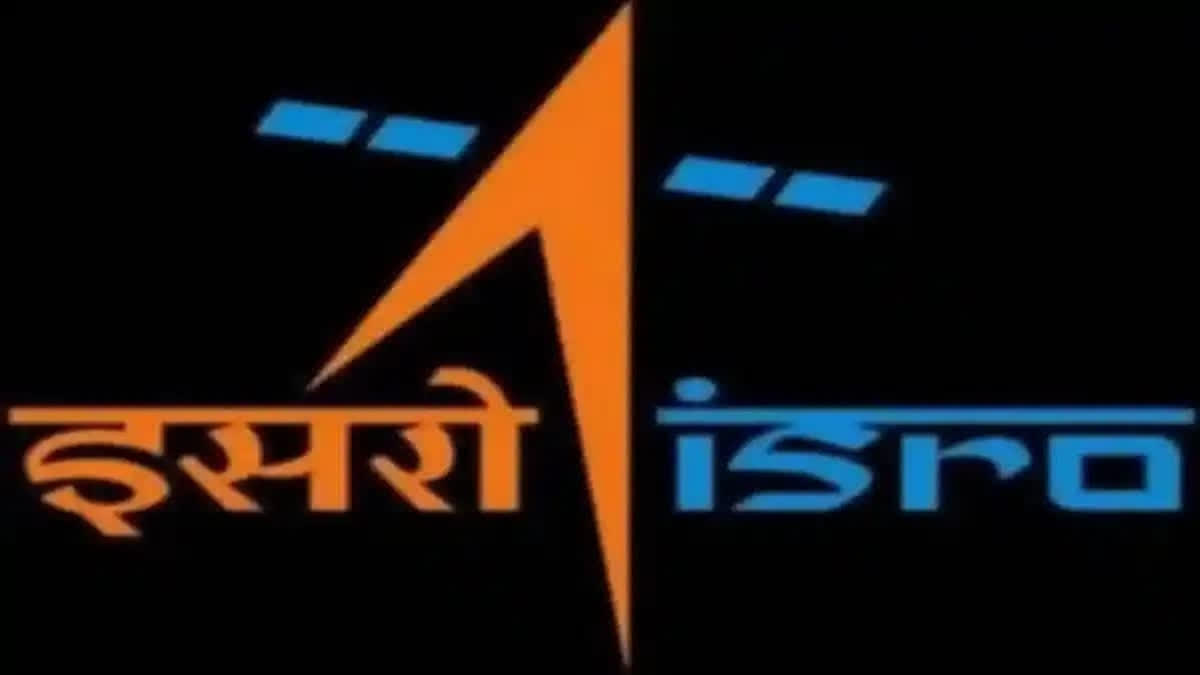Hyderabad: The Indian Space Research Organisation (ISRO) is preparing to launch the European Space Agency's Proba-3 solar mission aboard its PSLV-C59 vehicle. The launch, set to take ESA satellites into a highly elliptical orbit as a Dedicated commercial mission of NewSpace India Limited (NSIL), will take off at 4:08 PM IST on December 4, 2024, from Satish Dhawan Space Centre in Sriharikota, Andhra Pradesh.
Proba-3 is an In-Orbit Demonstration mission of the European Space Agency which aims to demonstrate the first-ever "precision formation flying" where two small satellites are launched together but then move apart to fly in formation while maintaining a fixed configuration in space, acting as a single large rigid structure in space.
ESA's Proba-3 Mission at a glance
Proba-3 is the newest solar mission in the European Space Agency’s Proba series. The first mission in the series (Proba-1) was launched by ISRO in 2001, followed by the launch of Proba-2 in 2009. Developed at an estimated cost of 200 million euros, the Proba-3 will be launched into a highly elli0ptical orbit around 600 x 60,530 km with an orbital period of 19.7 hours.
Proba-3 consists of two spacecraft-- the Coronagraph Spacecraft (CSC) and the Occulter Spacecraft (OSC), which will be launched together in a stacked configuration. The mission aims to prove innovative formation flying and rendezvous technologies to prepare for future multi-satellite missions flying as one virtual structure.
A unique solar coronagraph
The Coronagraph and Occulter will then form a solar coronagraph, a special instrument designed to observe the outermost part of the Sun's atmosphere, called the corona. The temperature in this part reaches 2 million degrees Fahrenheit, which makes it hard to observe closely. However, it is crucial for scientific study as all space weather -- including solar storms and winds that can disrupt satellite communications, navigation, and power grids on Earth -- originates from the corona.
The Coronagraph (310 kg) and Occulter (240 kg) will move in tandem to mimic a solar eclipse by positioning one satellite to cast a shadow on the other. This setup will allow scientists to study the Sun’s corona for six hours at a time, much longer than the 10 minutes during a natural eclipse. The satellites will maintain a precise formation, eventually moving 150 meters apart. The Occulter will block the Sun's light, enabling the Coronagraph to observe and photograph the corona, helping to study its lesser-known features.
To study the Sun's corona and associated weather, Proba-3 will carry three instruments:
ASPIICS (Association of Spacecraft for Polarimetric and Imaging Investigation of Corona of the Sun) aboard Coronagraph to observe the Sun's outer and inner corona by blocking the Sun’s light with a 1.4-meter disk. DARA (Digital Absolute Radiometer) aboard Occulter to continuously measure the Sun's total energy output.
3DEES (3D Energetic Electron Spectrometer) aboard Coronagraph to measure electron fluxes in Earth's radiation belts for space weather data. These instruments help in understanding solar phenomena and their effects on space weather.
PSLV-C59 vehicle characteristics
The Proba-3 mission aboard PSLC-C59 will mark be the 61st flight of PSLV and the 26th using PSLV-XL configuration. Since ISRO has been designated to launch the ESA mission, it demonstrates India's reliable and growing space capabilities. ISRO says that the Proba-3 launch reinforces PSLV's reliability for complex orbital deliveries, which in this case is 60,530 km apogee and 600 km perigee with an inclination of 59 degrees and a semi-major axis of 36,943.14 km.
⏳ 2 Days Left!
— ISRO (@isro) December 2, 2024
The PSLV-C59/PROBA-3 Mission, the 61st flight of PSLV and the 26th using PSLV-XL configuration, is set to carry ESA’s PROBA-3 satellites (~550kg) into a highly elliptical orbit.
💡 PSLV-C59 Configuration:
Stages: 6PSOM-XL + S139 + PL40 + HPS3 + L2.5
Liftoff… pic.twitter.com/7B9sSkGeb4
Following the launch, India plans to meet with the ESA’s Proba-3 team to explore collaborative research using data from both Aditya L1 and Proba-3, fostering advancements in solar studies.



